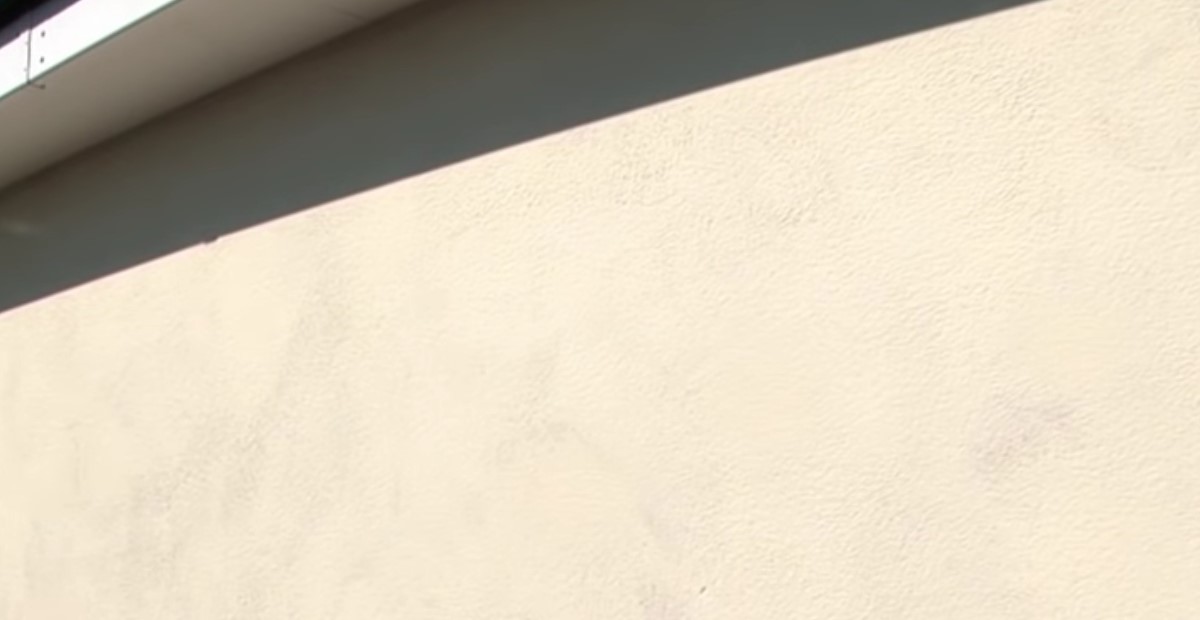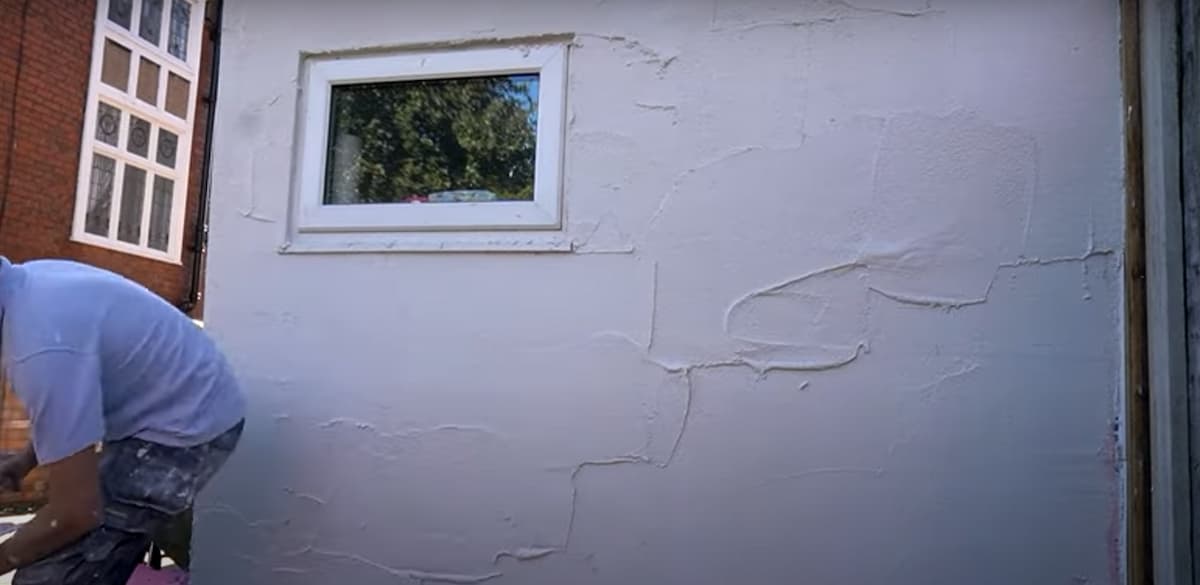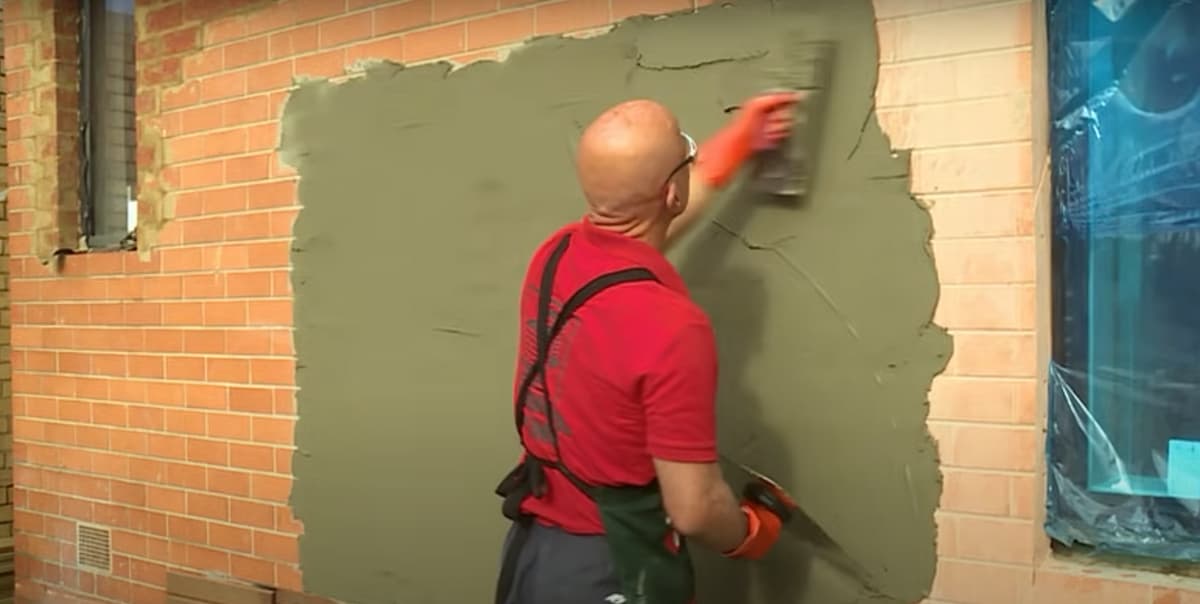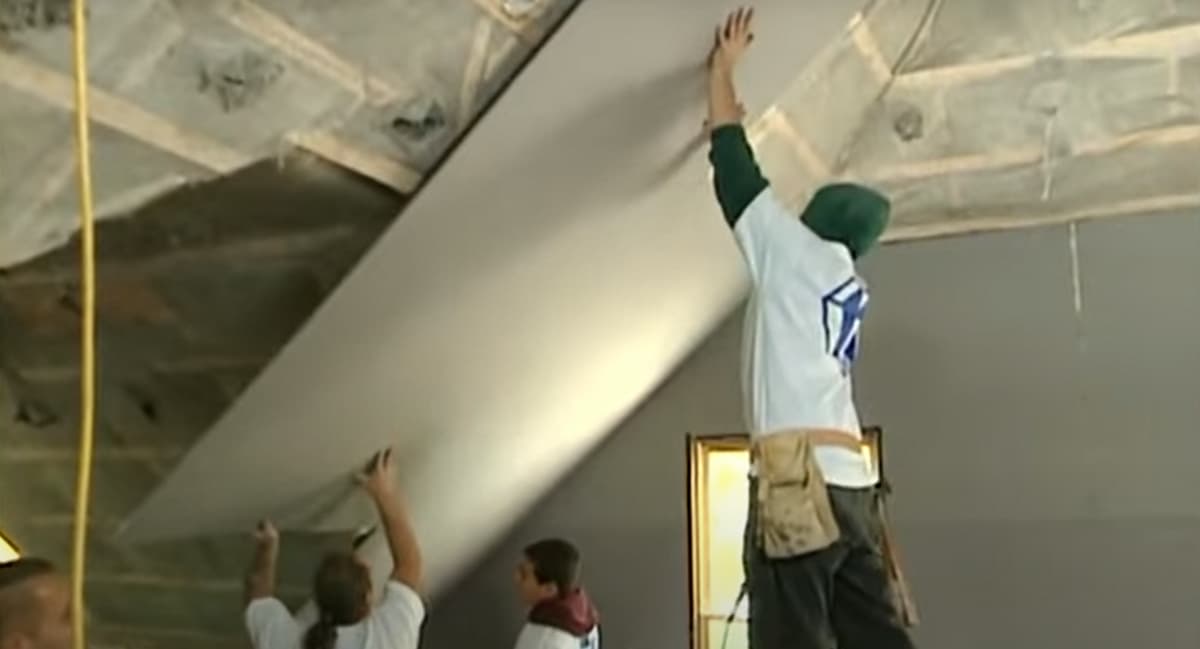
Acrylic rendering refers to any type of rendering that includes acrylic in the mix. This makes the rendering a lot stronger and flexible, so there is a lower chance of the render cracking.
Usually, people use acrylic render because of the many advantages that it has – it is very attractive and can be added to almost any type of surface. It dries a lot faster than other materials and it allows you to have a healthier and drier home. Yet another benefit of this type of rendering is its inability to be affected by bacteria and fungi, while it is also water-resistant.
Acrylic Render vs Cement Render
As we have already mentioned, acrylic rendering it the type of rendering where we add acrylic to the mix. On the other hand, cement rendering is rendering made with cement, water, sand, and clay or lime.
If we compare the acrylic render and the cement render, we will conclude that their application process as well as the material properties are quite different.
First of all, cement render tends to be a bit cheaper than acrylic render. However, acrylic render is more durable and it can be applied to more types of surfaces. So, these great qualities have led to the acrylic render becoming more popular than cement render.
Another thing that we can mention about acrylic render is that it comes with an assurance for the aesthetic appeal, the quality, and the recovery time. So, if this is something that is appealing to you, you might as well give acrylic render a chance over cement render. Ensure that you do not confuse cement rendering with fibre cement cladding as they can look similar.
How much does acrylic render cost?
In Australia, the cost for acrylic rendering per square metre is anywhere from $30 to $80. It is always a good idea to hire a professional to do the rendering for you. With that being said, the renderers who charge more might be more experienced, have better material to work with and use better paint to render. If your budget allows you, find a team of renderers who offer high-quality services at a higher cost.
Of course, you can also try to do the rendering by yourself but to do a good job at it, you will need certain knowledge and a bit of experience. The process might seem easy, but if not done properly, the acrylic render might become prone to cracking after some time. In the end, such a home improvement as acrylic rendering should be given to a professional renderer.
How long does acrylic render last?
If applied properly, render can last for many years or even decades.
When it comes to the modern acrylic render, professional renders guarantee that it will last anywhere from 20 to 40 years. Of course, the state of the walls, as well as the quality of the paint, play a crucial role in the longevity of the render.
Cement-based render is not as durable and it can only last for 15 years. On the other hand, lime render is durable but not as good-looking as acrylic render. So, if you want something that will look good and last you for many years, acrylic render is usually the way to go.
How thick is Acrylic Render?
Acrylic render is anywhere from 2 mm to 10 mm thick. It is applied is a somewhat thinner layer compared to cement render.
You need to make sure that the render is mixed well and that you know the properties of the surfaces to which you are going to apply that mix. That will help you do a better rendering job!





